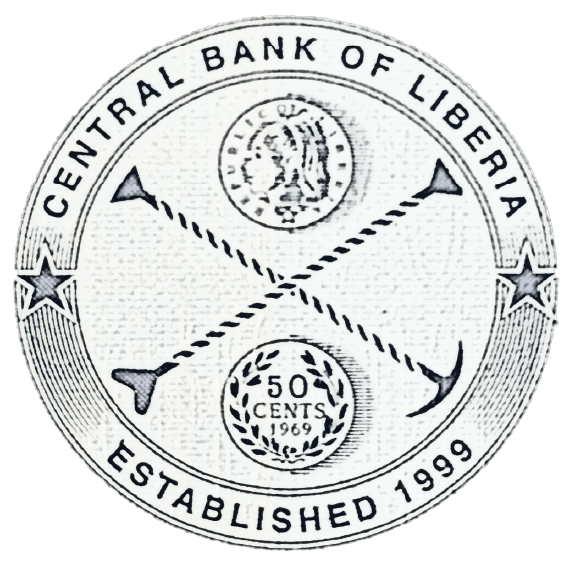
Monrovia – December 4, 2018: A National Stakeholders Consultation and Planning Workshop on the Financial Inclusion Strategy opened on Tuesday, December 4, 2018 at the Central Bank of Liberia (CBL), with Executive Governor, Nathaniel R. Patray, III, making the opening remarks. In his opening remarks, Governor Patray stressed the important role that financial inclusion plays in reducing poverty and fostering economic growth. He further noted that there are many challenges facing growth in Liberia and if not addressed the Financial Sector will be weaker.
Governor Patray noted that commercial banks operating in Liberia are the engine of growth and are now faced with the problem of Non-Performing Loans (NPLs). He emphasized that some countries within the Economic Community of West African States (ECOWAS) are taking steps to reduce NPLs, including strengthening credit rights and reducing lengthy judicial processes in the recovery of collateral, halting net accumulation of public domestic arrears to the private sector, improving the credit information system, modernizing the insolvency regime, and implementing financial education programs for medium-size enterprises (MSMEs).
Governor Patray indicated that the situation in Liberia is alarming. As at the end of the third quarter 2018, the banking sector reported an increase of three point six percent (3.64%) in total loans and advances with the sum of L$72.73 billion compared with L$70.17 billion recorded in the second quarter of 2018. In addition, he said, the banking system recorded a six-point eight percent (6.8%) increase in the volume of Non-Performing Loans (NPL) when compared to the second quarter of 2018. As at the third quarter of 2018, the volume of (NPL) stood at L$10.57 billion compared with L$9.89 billion recorded in the second quarter of 2018 and L$7.25 billion recorded in the third quarter of 2017. The system’s non-performing loans remains a challenge despite the increasing strive to ensure gradual reduction from period to period. Seven (7) of the nine banks reported NPL ratios above the regulatory minimum of the ten 10%. The NPL ration recorded for the third quarter of 2018 was 14.21% which represents an increase of 0.4 percentage points in comparison with 13.81% recorded in the second quarter of 2018; but recorded a slight increase of 0.07 percentage points in comparison to 14.14% recorded for the corresponding period of the third quarter of 2017.
Nevertheless, addressing persistent NPLs requires comprehensive NPL reduction strategies, including regulatory efforts to accelerate loss recognition. A stronger supervisory focus on recovery actions by commercial banks and reforms of insolvency and debt enforcement frameworks are needed to enable the restructuring of debts of distressed, but viable borrowers. The support of the consistency and efficiency of judicial proceedings to give the banking sector positive outlook is required.
Governor Patray further elaborated that the CBL could also establish permanent macro prudential buffers (on top of micro-prudential minimum) which could be relaxed at our discretion in the event of shocks, thereby allowing NPLs to be absorbed by capital and for a continued provision of credit. Until then, we will use moral suasion to get the commercial banks to understand that apart from the challenges, credit should be provided to the Banking sector.
